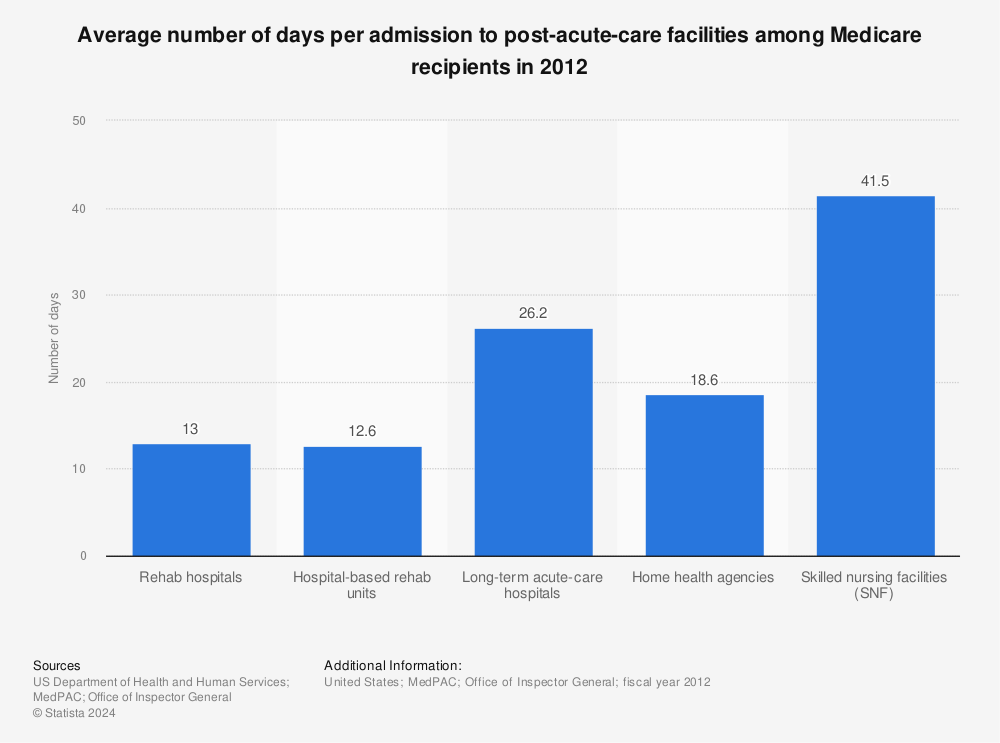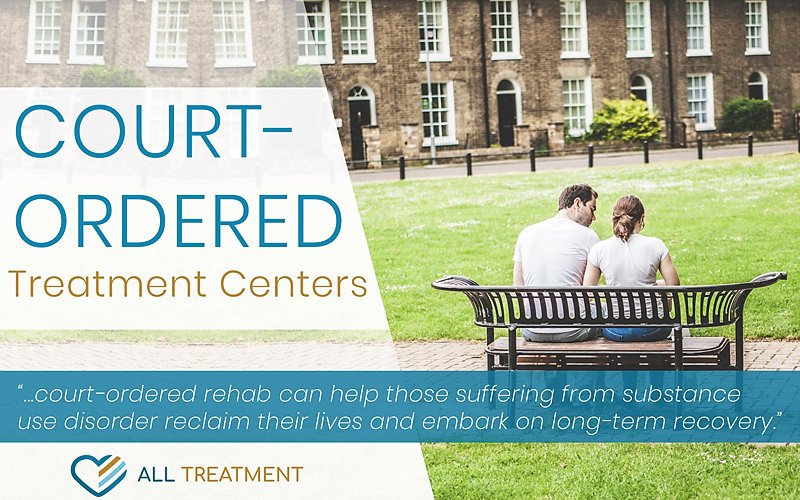What Does How Much Is Drug Rehab Mean?
Outpatient detoxification from opiates. Primary Psychiatry 1:42 -52, 1996. Long-lasting property treatment offers care 24 hr a day, typically in non-hospital settings. The best-known residential treatment model is the restorative neighborhood (TC), with prepared lengths of stay of between 6 and 12 months. TCs concentrate on the "resocialization" of the private and utilize the program's entire communityincluding other residents, personnel, and the social contextas active components of treatment.
Treatment is highly structured and can be confrontational at times, with activities created to assist locals take a look at destructive beliefs, self-concepts, and damaging patterns of behavior and embrace brand-new, more harmonious and constructive ways to interact with others. Many TCs offer detailed services, which can consist of work training and other support services, onsite.
Lewis, B.F.; McCusker, J.; Hindin, R.; Frost, R.; and Garfield, F. 4 property drug treatment programs: Task EFFECT. In: J.A. Inciardi, F.M. Tims, and B.W. Fletcher (eds.), Innovative Approaches in the Treatment of Drug Abuse, Westport, CT: Greenwood Press, pp. 45-60, 1993. Sacks, S.; Banks, S.; McKendrick, K.; and Sacks, J.Y.
Journal of Compound Abuse Treatment 34( 1 ):112 -122, 2008. Sacks, S.; Sacks, J.; DeLeon, G.; Bernhardt, A.; and Staines, G. Modified therapeutic community for psychologically ill chemical "abusers": Background; affects; program description; initial findings. Substance Usage and Abuse 32( 9 ):1217 -1259, 1997. Stevens, S.J., and Glider, P.J. Healing neighborhoods: Substance abuse treatment for females.
Tims, G. DeLeon, and N. Jainchill (eds.), Therapeutic Neighborhood: Advances in Research and Application, National Institute on Drug Abuse Research Study Monograph 144, NIH Bar. No. 94-3633, U.S. Government Printing Workplace, pp. 162-180, 1994. Sullivan, C.J.; McKendrick, K.; Sacks, S.; and Banks, S.M. Modified restorative community for transgressors with MICA conditions: Substance usage outcomes.
Short-term residential programs supply extensive however fairly quick treatment based on a modified 12-step technique. These programs were initially developed to treat alcohol issues, but during the cocaine epidemic of the mid-1980s, numerous began to deal with other types of substance use conditions. The initial domestic treatment design included a 3- to 6-week hospital-based inpatient treatment stage followed by extended outpatient treatment and involvement in a self-help group, such as AA.

These programs help to lower the risk of relapse as soon as a client leaves the property setting. Hubbard, R.L.; Craddock, S.G.; Flynn, P.M.; Anderson, J.; and Etheridge, R.M. Summary of 1-year follow-up outcomes in the Drug Abuse Treatment Outcome Study (DATOS). Psychology of Addictive Behaviors 11( 4 ):291 -298, 1998. Miller, M.M. Conventional approaches to the treatment of dependency.
How How To Start A Drug Rehab can Save You Time, Stress, and Money.
Graham and T.K. Schultz (eds.), Concepts of Addiction Medication (2nd ed.). Washington, D.C.: American Society of Addiction Medication, 1998. Outpatient treatment differs in the types and intensity of services provided. Such treatment costs less than domestic or inpatient treatment and typically is more appropriate for people with jobs or comprehensive social assistances.
Other outpatient models, such as intensive day treatment, can be equivalent to domestic programs in services and efficiency, depending upon the specific client's qualities and needs (how to find a drug rehab). In lots of outpatient programs, group counseling can be a significant element. Some outpatient programs are also designed to treat patients with medical or other psychological illness in addition to their drug disorders.
Summary of 1-year follow-up results in the Drug Abuse Treatment Result Research Study (DATOS). Psychology of Addictive Habits 11( 4 ):291 -298, 1998. Institute of Medicine. Dealing With Drug Issues. Washington, D.C.: National Academy Press, 1990. McLellan, A.T.; Grisson, G.; Durell, J.; Alterman, A.I.; Brill, P.; and O'Brien, C.P. Drug abuse treatment in the personal setting: Are some programs more effective than others? Journal of Substance Abuse Treatment 10:243 -254, 1993.
Treatment retention and follow-up outcomes in the Substance abuse Treatment Outcome Study (DATOS). Psychology of Addicting Behaviors 11( 4 ):294 -307, 1998. Individualized drug therapy not only concentrates on reducing or stopping illegal drug or alcohol usage; it also addresses associated areas of impaired functioningsuch as work status, unlawful activity, and family/social relationsas well as the material and structure of the client's healing program.
The http://stephenendb350.bearsfanteamshop.com/h1-style-clear-both-id-content-section-0-how-to-start-an-online-drug-rehab-things-to-know-before-you-buy-h1 dependency counselor motivates 12-step involvement (a minimum of a couple of times weekly) and makes referrals for required additional medical, psychiatric, work, and other services. Lots of therapeutic settings use group therapy to profit from the social support used by peer discussion and to help promote drug-free lifestyles. Research has revealed that when group treatment either is provided in conjunction with individualized drug therapy or is formatted to reflect the concepts of cognitive-behavioral treatment or contingency management, favorable results are achieved.
Typically, drug abusers come into contact with the criminal justice system earlier than other health or social systems, providing opportunities for intervention and treatment prior to, throughout, after, or in lieu of incarceration. Research study has revealed that combining criminal justice sanctions with drug treatment can be efficient in reducing substance abuse and related criminal offense.
Research studies reveal that for incarcerated people with drug issues, beginning substance abuse treatment in prison and continuing the very same treatment upon releasein other words, a smooth continuum of servicesresults in much better results: less drug use and less criminal habits. More details on how the criminal justice system can deal with the problem of drug addiction can be found in Concepts of Substance Abuse Treatment for Wrongdoer Justice Populations: A Research-Based Guide (National Institute on Substance abuse, revised 2012).
The Of What Is Drug Rehab Like
When considering dependency treatment, you may be wondering what you can expect during a basic day in rehabilitation. There are numerous kinds of substance abuse treatments out there, but a lot of follow a standard framework of therapies. Residential inpatient treatment centers are extremely structured and arranged, with similar activities and treatments in many centers.

Depending upon the setting and the features offered, everyday activities may differ. Here is an example of what a common day in treatment might look like: Oversleeping is not part of the program, so expect to increase early in the morning to take pleasure in a healthy breakfast. Some programs offer early morning classes such as yoga or meditation to assist you start the day in a relaxed mindset.
I met a great deal of fantastic people and discovered how to alter my old behaviors every day Go in with an open mind and want. Do it for you, not anyone else.- Ryanna, recuperating addictThere is often a group session following breakfast led by a therapist or therapist that concentrates on topics associated with the treatment process, the $112-step program, dependency and recovery.
